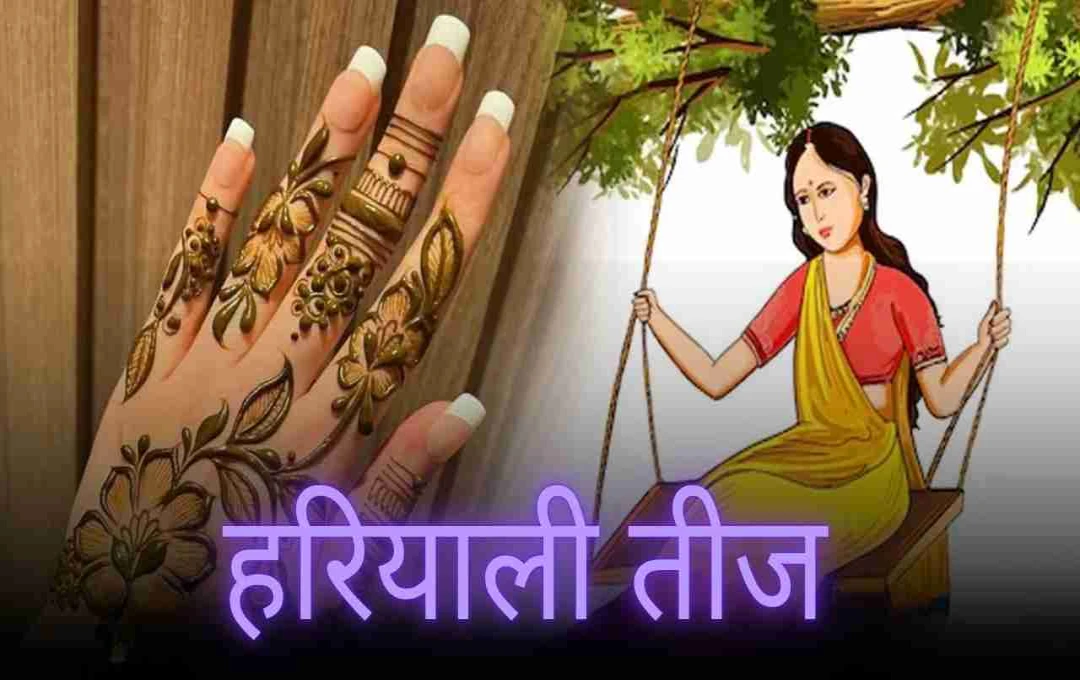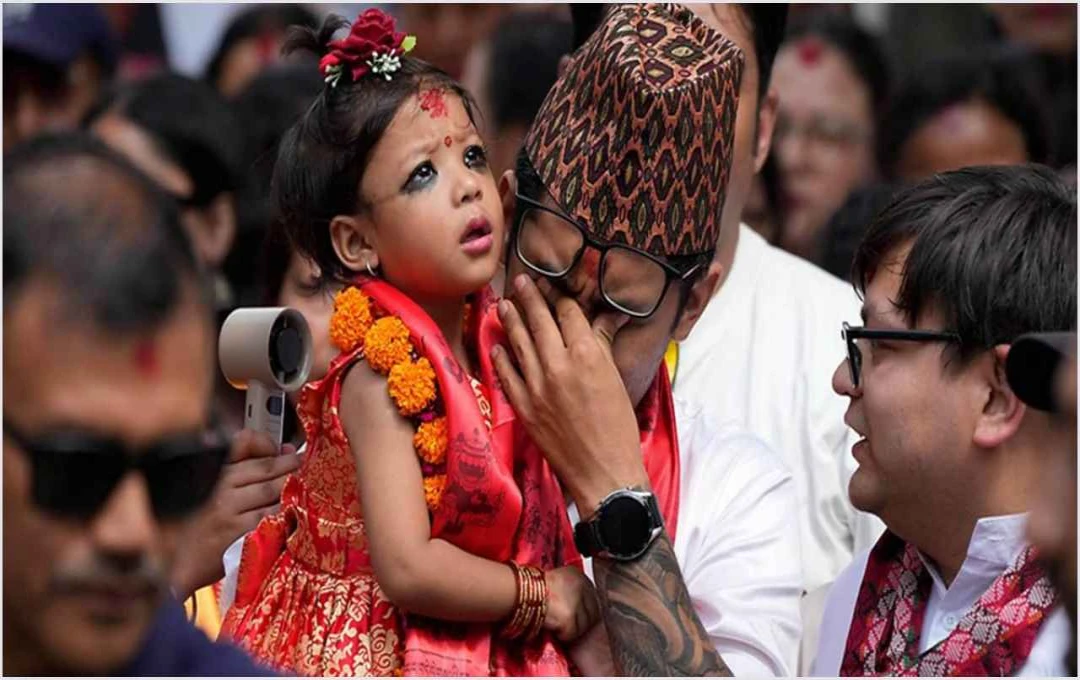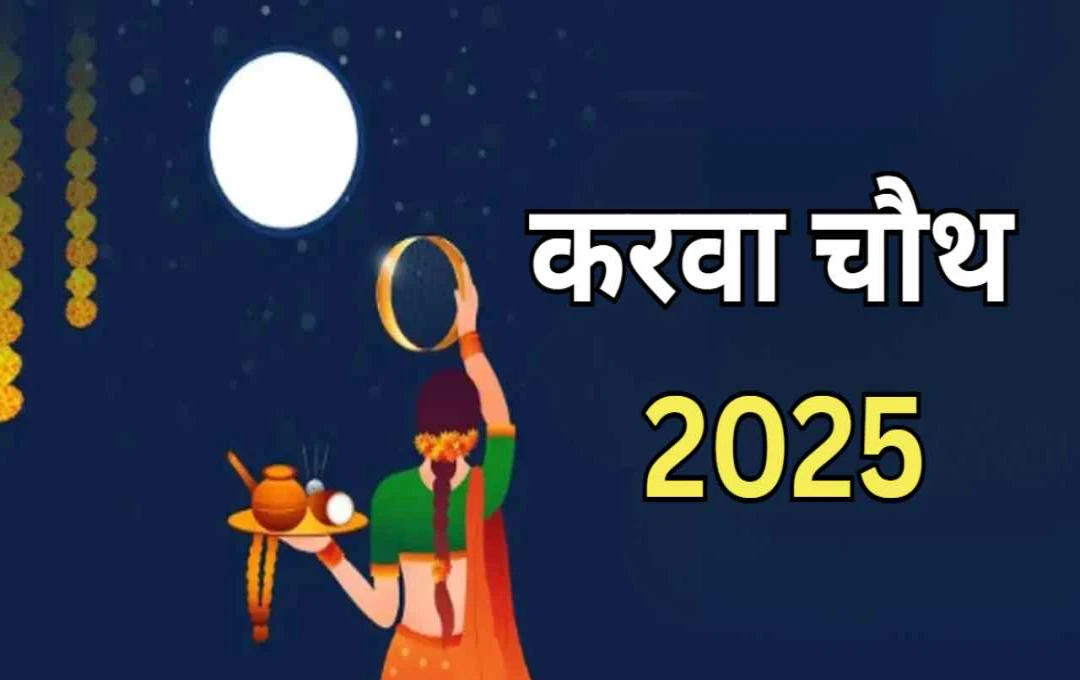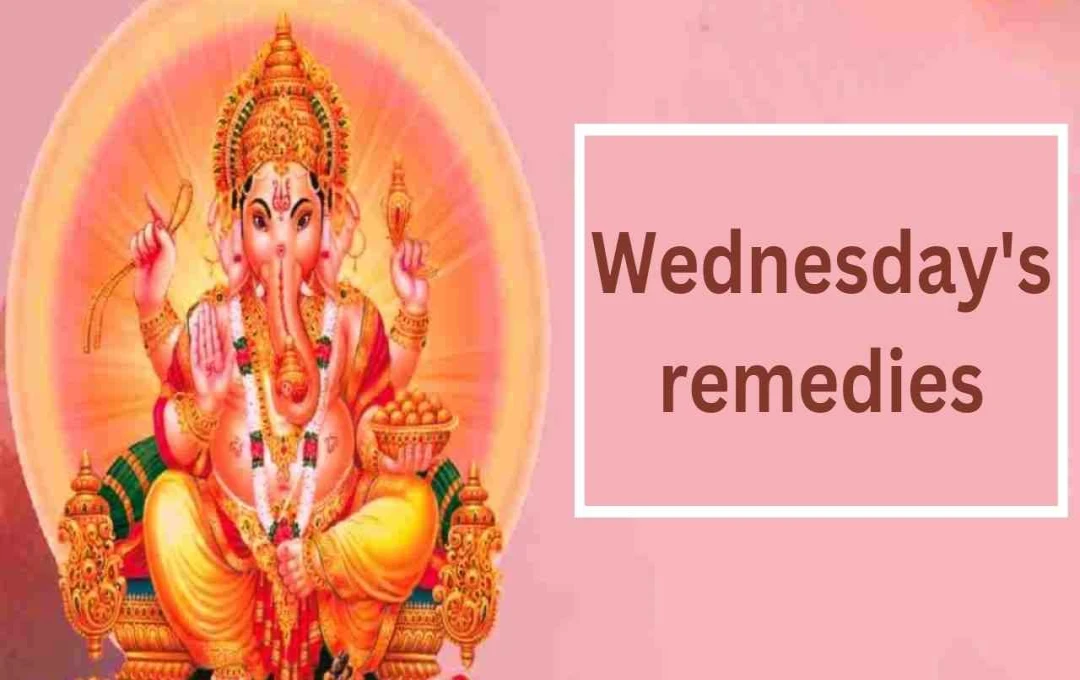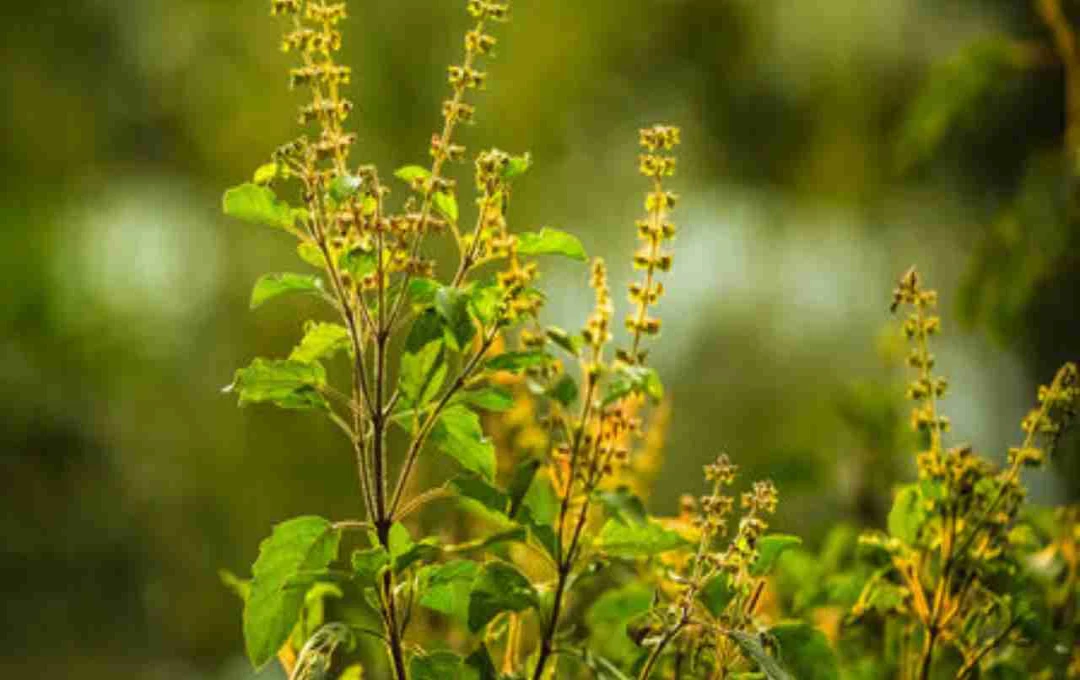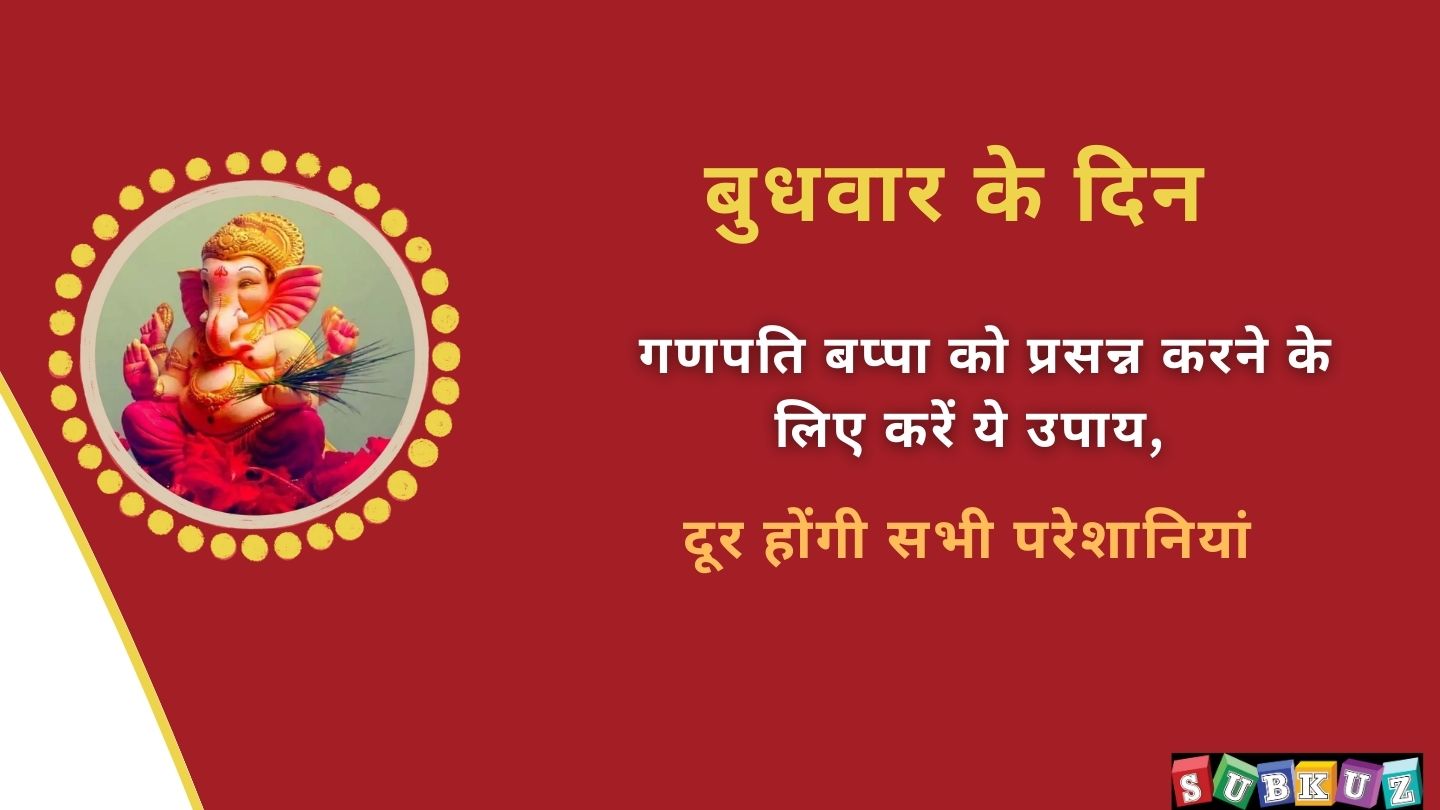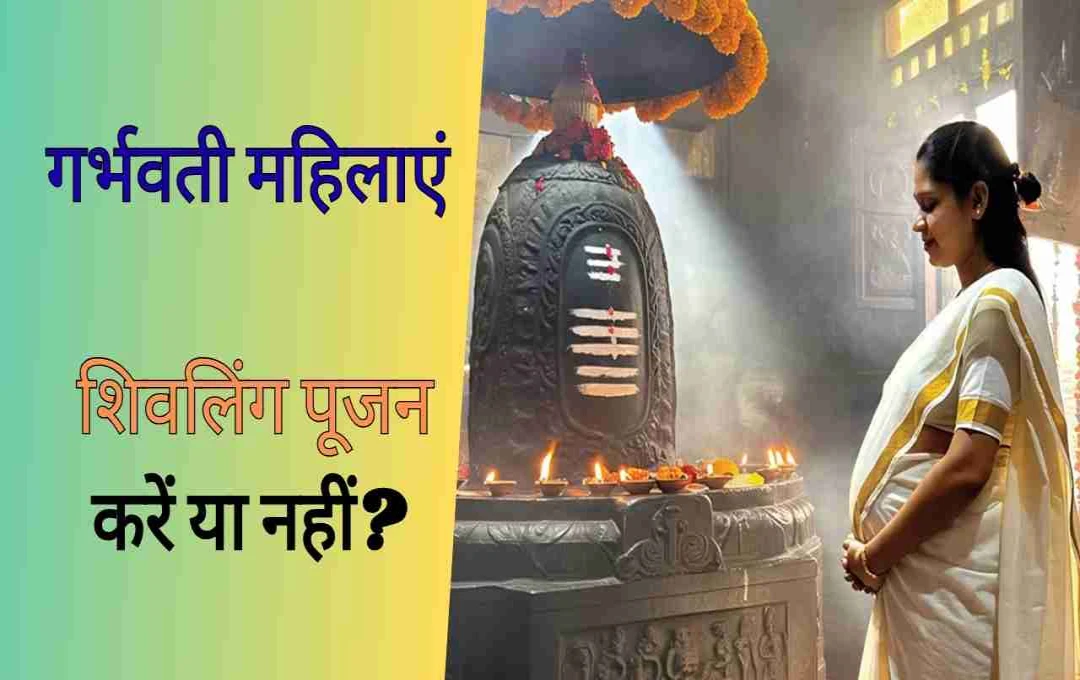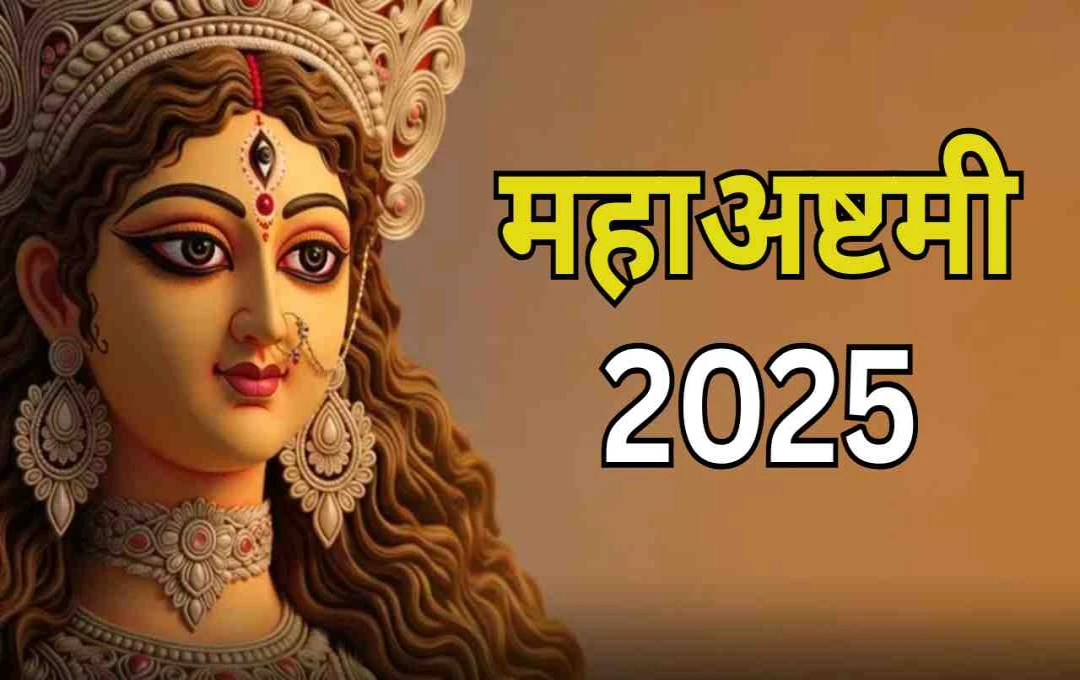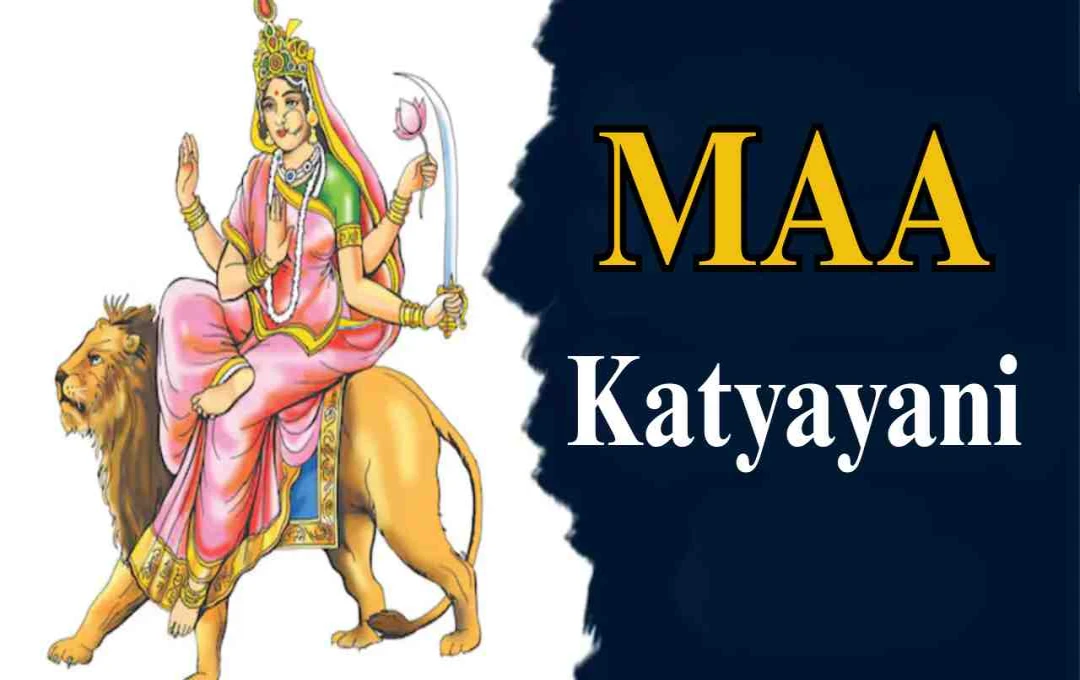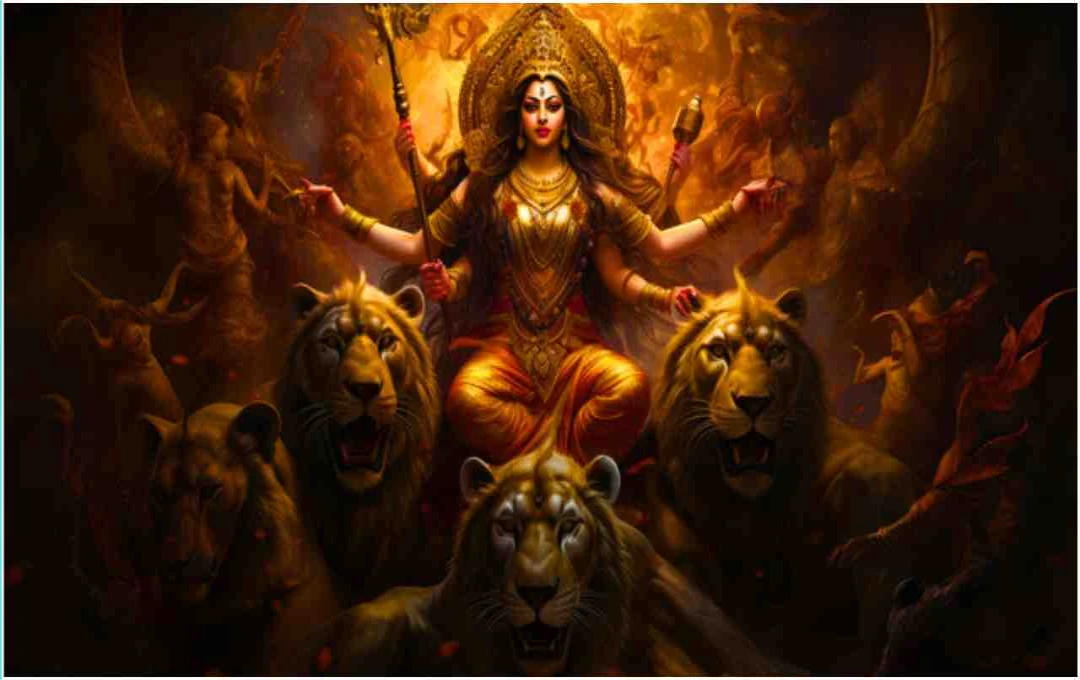Hariyali Teej, a festival celebrated during the month of Sawan, holds special significance in the lives of every married and unmarried woman. Swings, music, adornment, and especially mehndi – all these combine to make this festival unique. However, when it comes to mehndi on the hands, it goes beyond mere ornamentation, becoming a deep expression of faith, relationships, and tradition.
Hariyali Teej, celebrated on the Tritiya Tithi (third day) of the Shukla Paksha (bright fortnight) of Sawan every year, will be observed on July 31, 2025, this time. On this day, women, dressed in traditional green attire, wear bangles, jewelry, gajra (floral garlands), and apply mehndi, performing prayers to Lord Shiva and Goddess Parvati with full rituals. But the question is, why is applying mehndi so important on Hariyali Teej? Let's try to find the answer to this question.
The Tradition of Applying Mehndi is Centuries Old

The tradition of applying mehndi in India has been going on for thousands of years. Evidence of mehndi's existence is found in ancient texts, art, and paintings. On auspicious festivals like Teej, mehndi is considered a symbol of auspiciousness, beauty, and femininity. It is believed that the fragrance and color of mehndi are associated with the long life of the husband and a happy married life.
On Hariyali Teej, women adorn their hands and feet with mehndi with full rituals. It is considered not just a part of adornment but an integral part of religious tradition.
Hariyali Teej and the Deep Connection with Good Fortune
This festival is especially for married women, where they pray for the long life of their husbands, the prosperity of the family, and happiness. Mehndi is considered a symbol of good fortune. Married women apply mehndi on this day and pray to Goddess Parvati and Lord Shiva for the protection and advancement of their married lives.
It is also believed that Goddess Parvati performed severe penance for years to get Lord Shiva as her husband, and finally, they united in this month of Sawan. Because of this, this festival has become a symbol of marital bliss and love.
Beliefs Associated with the Color of Mehndi
It is said that the deeper the mehndi's color, the deeper the husband's love. Although this may sound old, this saying is still very popular among women today. Women hide the initial of their husband's name in the mehndi, which the husband has to find. This adds sweetness and connection to the relationship with a beautiful game.
A Festival of Adornment
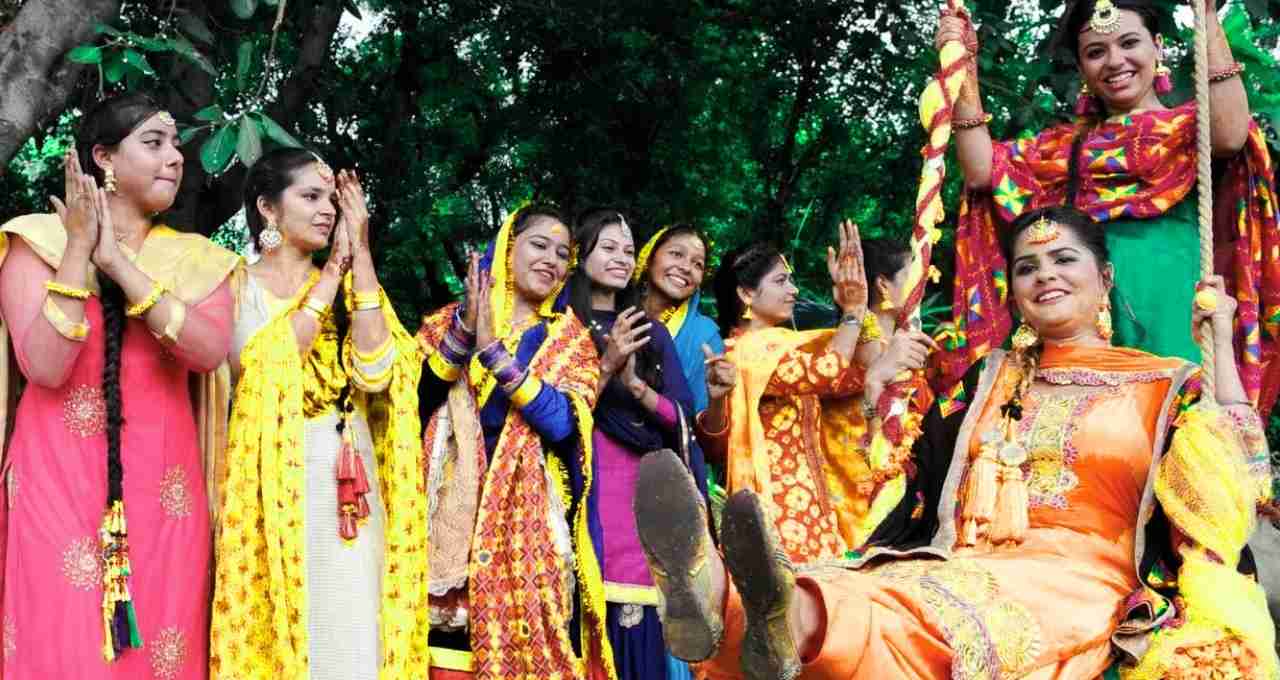
Hariyali Teej is a festival for women where they get a complete opportunity to feel special. Green sarees or suits, bangles, bindis, gajra, swings, and most importantly mehndi – all these make this festival special.
Women adorn themselves like a bride on this day and worship with full devotion. This not only boosts their self-confidence but also becomes a means of connecting with their cultural roots.
Community Interaction and a Sense of Togetherness
Another major aspect of Hariyali Teej is the tradition of collectivity and interaction. Even today, in villages and small towns, women gather in one place and perform collective worship, swing on swings, sing folk songs, and apply mehndi on each other's hands.
Decorating mehndi plates, creating designs on each other's hands, and the sweetness of songs while applying mehndi – all this increases unity and a supportive feeling in society. This festival connects women not only religiously but also strengthens their relationships socially.
